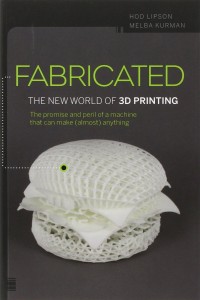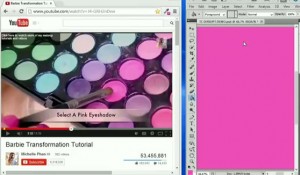
Every day, about 1,288 women-owned businesses pop up on the horizon. That’s up from 602 in 2011-12, the study showed. The results were prepared by American Express using the federal data.
Women See Opportunities
Susan Duffy, executive director of the Center for Women’s Entrepreneurial Leadership at Babson College, believes the phenomenon is related to a growing awareness among women that there are business options available to them. Differences in the job market since the most recent recession also favor the types of businesses in which women excel.
A general renewal of the entrepreneurial spirit in this country is another factor that favors women. A body of role models has grown up, offering patterns and incentives that younger women are applying to their own endeavors. Among those role models, according to an Associated Press article on the new statistics, are such notables as Oprah Winfrey, designers Tory Burch and Diane Von Furstenberg and technology gurus such as Weili Dai, co-founder of Marvell Technology. Even the current head of the Small Business Administration is a woman, Maria Contreras-Sweet. She succeeded to the position that was held by Karen Mills. Both have been business owners in their own right.
Summer Scarbrough had a built-in role model, her mother, Elizabeth, who is a former executive with a medical devices company. Together, mother and daughter now own VinniBag, travel containers for wines and other bottled products. The company, located in Ventura, Calif., is five years old.
Resources For Women
The number of resources devoted to aiding women in their entrepreneurship also is growing. The Women’s Business Centers, an arm of the SBA, is one that is encouraging women in their business start-ups, and there are a number of other organizations with the same purpose in mind.
Optimistic Views
Women tend to be more optimistic about their efforts than men, a survey conducted by Bank of America showed. Seventy percent of those surveyed expect to see rising revenues over the coming year, compared with 66 percent of men. Fifty-six percent of women said they expect to make new hires in the year, compared with 50 percent of their male counterparts. An optimistic 68 percent of the female entrepreneurs say they will expand their companies, again somewhat ahead of the 63 percent of males contacted in the survey.
If the trend continues, many more Americans can soon expect to be working for a “boss lady” than in the past.








